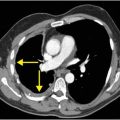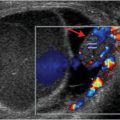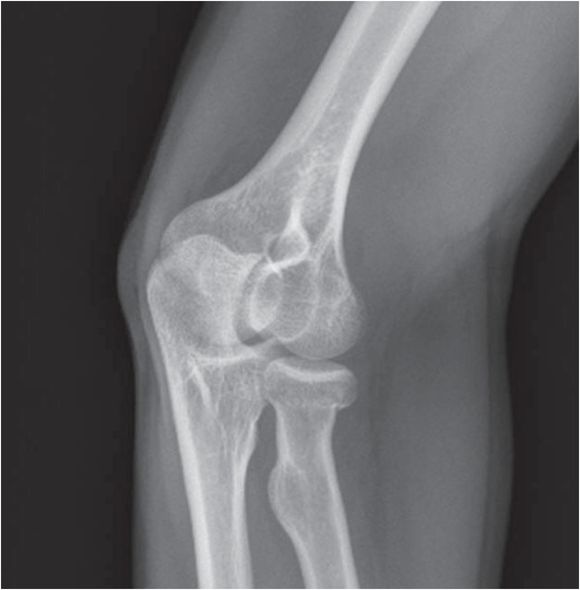
Diagnosis: Radial neck fracture
Lateral (left image) and AP radiographs of the elbow demonstrate elevated anterior and posterior fat pads (yellow arrows), indicative of an elbow joint effusion. There is a subtle depressed fracture of the radial neck (red arrows), best appreciated on the AP radiograph.
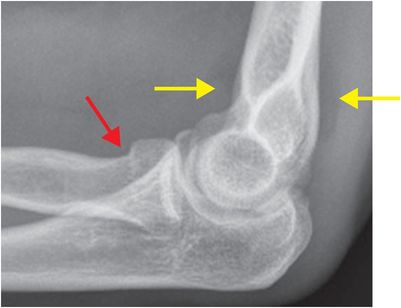
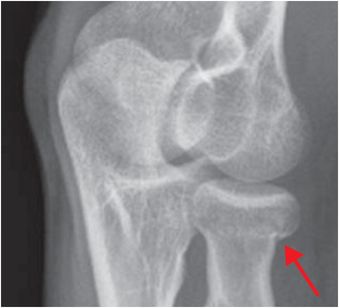
Discussion
Overview of radial head and neck fractures
Often radiographically occult, fractures through the radial head or neck most commonly occur following a fall onto outstretched hand (FOOSH), with the radial head impacting upon the capitellum.
Radial head or neck fractures can be seen with posterior elbow dislocations and as a component of complex injuries about the elbow.
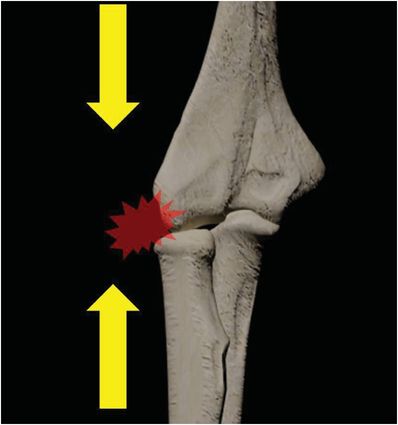
Axial loading at the elbow (yellow arrows), commonly seen in a fall on outstretched hand (FOOSH), causes impact of the radial head on the capitellum with potential for radial head fracture.
Radial head fractures are commonly classified according to the Mason classification system.
Type I: Minimally displaced (<2 mm displacement) radial head or neck fracture.
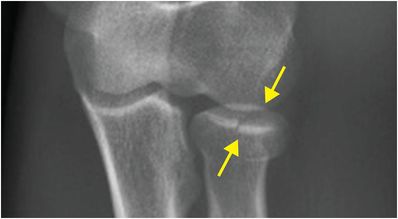
AP radiograph of the elbow demonstrates a minimally displaced radial head fracture (arrows), consistent with Mason I fracture.
Type II: Displaced single fracture (>2 mm displacement) with <30% articular involvement.
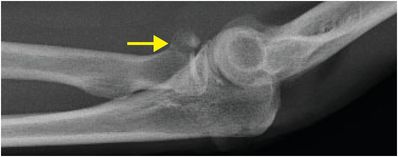
Lateral radiograph of the elbow demonstrates a displaced fracture of the radial head (arrow) with associated posterior dislocation of the radius at the radiocapitellar articulation. There is also posterior subluxation of the ulna, with perching of the distal humerus on the coronoid process tip.
Type III: Comminuted radial head fracture.
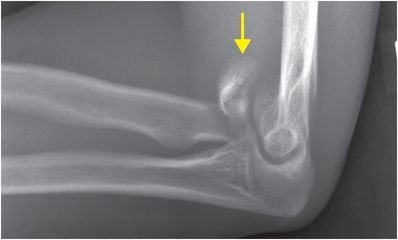
Lateral radiograph of the elbow demonstrates a comminuted radial head fracture (arrow).
Stay updated, free articles. Join our Telegram channel

Full access? Get Clinical Tree




